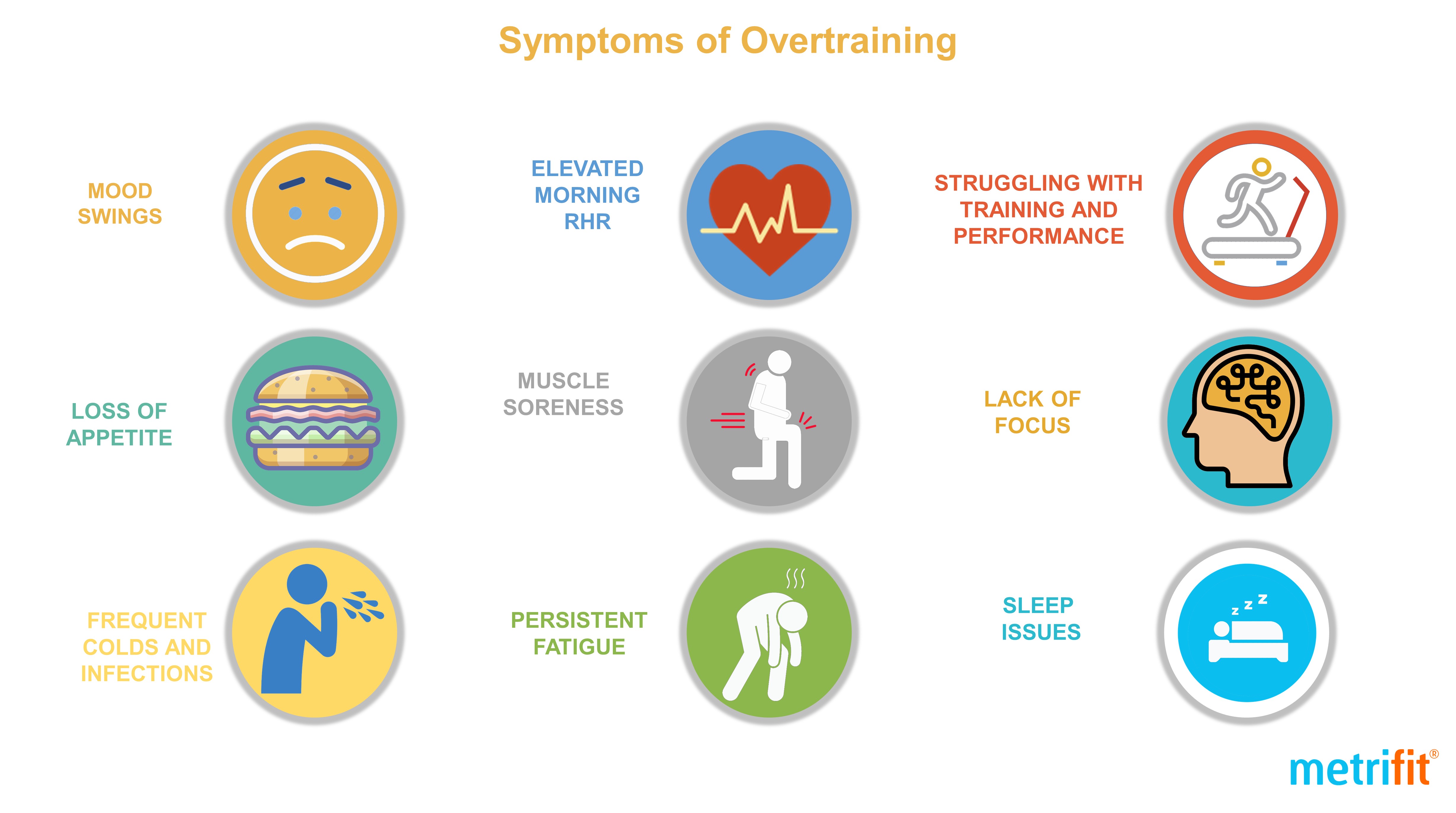Recovery Strategies for Athletes

Ensuring athletes are prepared in the most optimal condition to perform is a huge challenge for coaches and athletes alike. In order to continue to perform at the highest-level athletes must be able to balance stress (training and general life) with recovery. A failure to do so can firstly result in under recovery (and a subsequent reduction in performance), before turning to non-functional overreaching, overtraining and ultimately overtraining syndrome where the risk of athlete burnout , as well as the risk of injury and illness are raised.

Recovery is an umbrella term and can be categorized and broken down in its regenerative and psychological aspects. Regeneration is the process of naturally restoring/replacing damaged tissue (such as muscle), as well as biochemical markers such as creatine kinase, cortisol, and testosterone. Interestingly, a systematic review showed that performance recovery can return to baseline level before biochemical markers do so. Psychological recovery is necessary also as mental fatigue can develop as the pressure to perform and ability to cope of athletes is often challenged.
There are many recovery techniques that an athlete can use in order to place themselves in the best condition for the training and competitive bouts to come. Unsurprisingly, the pillars of recovery have never changed: sleep, nutrition, and load management.
Load Management
Load management has been defined by the International Olympic Committee consensus statement as
the sport and non-sport burden (single or multiple physiological, psychological or mechanical stressors) as a stimulus that is applied to a human biological system (including subcellular elements, a single cell, tissues, one or multiple organ systems, or the individual). Load can be applied to the individual human biological system over varying time periods (seconds, minutes, hours to days, weeks, months and years) and with varying magnitude (i.e. duration, frequency and intensity).
Poor load management (under/over-training) is a major risk factor for injury. Load management is arguably the biggest challenge faced by coaches in today’s climate as Covid-related restrictions have and will likely continue to impact on team training sessions. As a result, many coaches will struggle to understand what their athletes have prepared for, and what could be too much, placing the athlete at risk of under-recovering and the associated negative effects.
It’s not the load that’s the problem, it’s what you’ve prepared for
stated Tim Gabbett speaking to Metrifit in 2016.
Sleep
Sleep is the single most effective thing we can do to reset our brain and body health each day – Mother Nature’s best effort yet at contra-death – Why we sleep by Matthew Walker
Ask any elite athlete about their sleep and they will tell you of its importance. A lack of sleep has been shown to negatively affect:-
- strength
- endurance
- sprint speed
- accuracy
- training induced fatigue and
- overall ratings of physical and mental well-being
Injury is greater in athletes who sleep less than 8 hours. As of now, research suggests that whilst sleep is essential for all individuals, athletes require more sleep than non-athletes in order to recover and perform again. The exact amount of sleep athletes need is an individual consideration.
Dr Charles Czeisler, the Director of the Division of Sleep Medicine at Harvard, sums up the importance of sleep with this great quote:
Asking athletes to play on minimal sleep is the same as asking them to “play with one hand tied behind their back … It’s making them do something we know degrades their reaction time, their ability to take in their training, to get the most benefit out of it. They spend all this time practicing but never get to sleep

Nutrition & Hydration
During intense activity, carbohydrates are used as the primary source of fuel. As a result, and when the volume/duration of activity is high/long enough, carbohydrates (glycogen) stores can become depleted. Therefore, there is a requirement to consume carbohydrates post training to refuel stores to their pre-activity levels. Athletes may want to consider periodizing their carbohydrate intake in line with training demands. On days where training demands are high, consuming a higher carbohydrate diet can be contrasted with lower carbohydrate days where demands are low (for example recovery days). Protein is also extremely important in the regeneration process in order to repair and rebuild muscle which breaks down during exercise. The amount of protein athletes will require is based on the mode of exercise, the athlete’s personal goals and their body weight. Currently, the research suggests evenly distributed protein doses every 3-4 hours of 0.25 g of a high-quality protein per kg of body weight. Restoration of fluid balance is particularly important post exercise. Post-exercise the aim is to replace fluid lost. A meta-analysis showed dehydration impaired muscle endurance, muscle endurance and anaerobic power significantly. It can also lead to impaired cognitive function and memory skills. Re-hydration should include water to restore hydration status, carbohydrates to replenish glycogen stores, and electrolytes to speed re-hydration. In the words of exercise physiologist Professor Ron Maughan
The winners will, without doubt, be highly talented, highly trained and highly motivated. At one time that would have been enough. But these days it is highly likely that everyone in the race will have these qualities……where everyone else is equal, it is diet that will make the vital difference

Cold Water Immersion
Cold water immersion has become popular in the treatment of injuries and general soreness. This is because the likes of ice baths can be effective in reducing inflammation and pain. When an athlete enters an ice bath, the body goes into a state of shock and several physiological and biochemical responses result. Vasoconstriction, or the tightening of blood vessels is the result increasing the venous return ultimately removing metabolites from the trained region. ‘New blood’ (full of oxygen) enters the trained area and helps the cells to function better. However, studies have shown that cold water immersion attenuated long term gains in muscle mass and strength, whilst blunting the activation of key protein and satellite cells in skeletal muscles. As a result, using ice baths during periods were adaptation is the goal (e.g. following strength sessions/ during pre-season) may be counterintuitive.
Self-Myofascial Release
Self-myofascial release is essentially a self-massage technique that aims to release ‘tight’ muscles or trigger points within muscle. This is completed by applying pressure (most commonly with a foam roller) over specific areas in the body that are tender. Self-myofascial release techniques help break up trigger points, and soothe tight fascia, while increasing blood flow and circulation to the soft tissues. Many studies do show that improved range of motion, flexibility and movement are all resultant of self-myofascial release. However, according to a systematic review, these improvements are acute and there is conflicting evidence as to whether self-myofascial release can improve these qualities in the long term.
Conclusion
There are many modes of recovery athletes can avail of. However, the pillars of adequate recovery will always remain the same. Before athletes get caught up in the latest recovery strategy it is good practice to ensure that workload, sleep, nutrition, and hydration are under control. Once athletes have covered the pillars of recovery, and if they feel they still need more in order to gain a competitive advantage, it may be applicable to consider other modes of recovery. Athletes should also consider the modality of recovery that they use and if it may be counter-intuitive to the hard work that they do during training. Furthermore, athletes should experiment with various methods and identify what works best for them.
Athlete monitoring with Metrifit can help coaches determine which athletes may require more recovery strategies. By using Metrifit’s daily wellbeing and training suite of reports, coaches can easily interpret which athletes need more sleep, improved nutrition or if adjustments to athlete workload is necessary.
Find out more about Metrifit in this short video where we explain how it works for both the athlete and the coach.
Thanks to author Michael Kenny for this insightful blog.
To find out more contact us at or click on ‘Request Demo’ below.
Follow us on social media where we post regular blogs related to sports, performance and well-being.
References
Overuse Injuries, Overtraining, and Burnout in Child and Adolescent Athletes
Tim Gabbett: TRAIN SMARTER AND HARDER WEBINAR
The Effects of Sleep Extension on the Athletic Performance of Collegiate Basketball Players
Chronic lack of sleep is associated with increased sports injuries in adolescent athletes
How Sleep Affects Athletes’ Performance
Effects of self-myofascial release: A systematic review
































 Previous Post
Previous Post Next Post
Next Post





